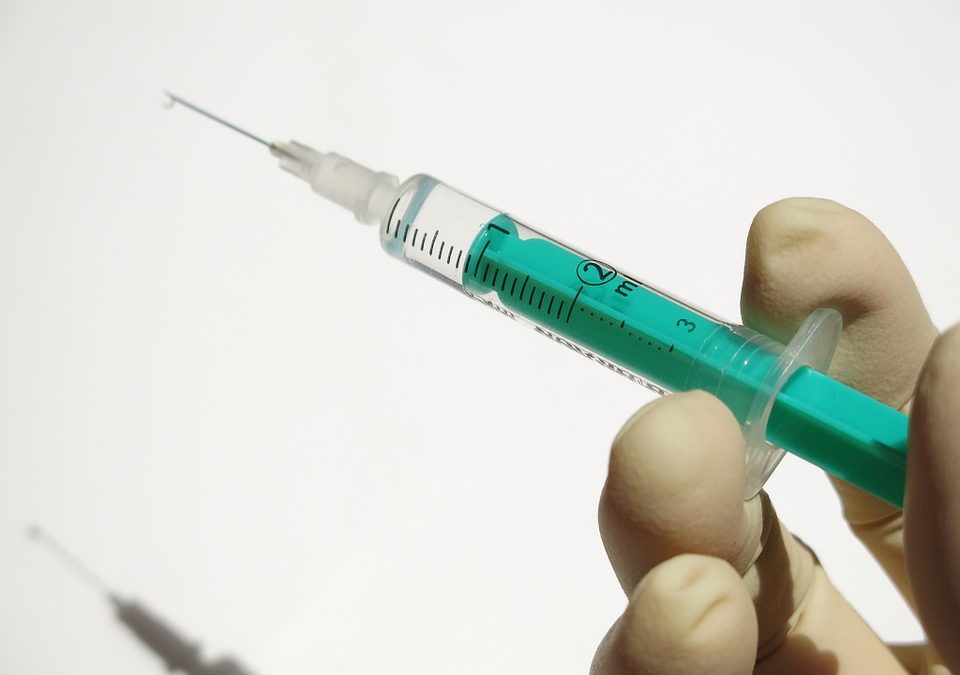Over the past several months, I had the privilege of serving as a science adviser to the production of a just released documentary entitled “Operation Whitecoat”. Operation Whitecoat was the name of an extraordinary program run by the U.S. Army from 1954-1973. It’s really a story of personal heroism on the part of a group of Army draftees who defined a difference between being conscientious objectors and being non-combatants. These 2300 draftees were almost all Seventh Day Adventists whose sense of religious and patriotic obligation combined to see them serve as risk-informed volunteers in, and as such, the core of, the nascent United States biodefense program.
After WWII ended, the US Government became increasingly concerned about bioweapons. The Defense Department recognized that over US history, more combatants had died from disease than from conventional weapons. These deaths, however, were the result of disease but not the result of enemy action. During WWII, however, the Japanese had used infectious disease agents against China and POWs, and were later found to have prepared for a biological attack on San Diego, California, which would have occurred just months after their 1945 surrender, had the war not ended. DOD worried that the Soviet Union could easily develop a similar offensive bioweapons program against which the United States would be helpless. DOD determined this was not to be, and envisioning a new mission, in which it conducted biological weapon tests using volunteers at Dugway Proving Grounds in Utah, and created a new organization, the US Army Medical Research Institute of Infectious Diseases, or USAMRIID, at what became Fort Detrick in Frederick, Maryland. The Dugway tests proved to senior defense officials that biological warfare was feasible, and that the US had to invest in developing BW defenses.
The US government was not exactly new to the area of human medical testing. Over the years it conducted tests of questionable morality. Starting in 1932, the US Public Health Service had maintained a large study of minority persons with untreated syphilis. The Navy sprayed bacteria on unsuspecting civilians in San Francisco. The Atomic Energy Commission had fed radioactive material to mentally disabled children. The Army had secretly introduced bacteria into the New York City and Chicago subway systems. The CIA had administered LSD to unwitting civilians. In all these cases, the subjects were unaware of the fact that they were involved in “medical research” or subjects of medical experiments.
Following WWII, evidence of gruesome human medical testing by Nazi German physicians had come to light, and Judges at the International Military Tribunal, also known as the Nuremberg WW II War Crimes Trials, heard testimony on these medical experiments. In 1947, the Nuremberg Judges developed a code to be followed as the basis for any future human experimentation. The code was based on the judges’ view that the Hippocratic Oath was inadequate to deal with human testing. The Hippocratic Oath addressed the responsibility of physicians in treating sick patients, whereas their new code merged those important obligations with the concept of the human rights of experimental subjects. These rights included the requirement for informed voluntary consent, as well as the ability of subjects to withdraw from testing at will.
The U. S. Army was the first governmental organization to adopt the Nuremberg Code, and Operation Whitecoat was the first major government medical study to follow a formal code of ethics for the involvement of human subjects.
This documentary includes interviews with many of the remaining Whitecoats detailing the studies and their experiences as test subjects, and with leaders of the Seventh Day Adventist Church. Public interest in the church probably peaked this year with the release of the movie “Hacksaw Ridge”. This film, which was nominated for six academy awards and won two, tells the story of Desmond Doss, an unarmed Seventh Day Adventist medic in WWII who won the Congressional Medal of Honor for his valor under fire in saving the lives of 75 of his fellow soldiers on Okinawa.
Today, when the threats of bioterrorism and biowarfare appears more problematic than ever, “Operation Whitecoat” tells another story of valor and patriotism in anticipating the need for research in this critical area. Further information on the documentary can be found at http://operationwhitecoatmovie.com/.

